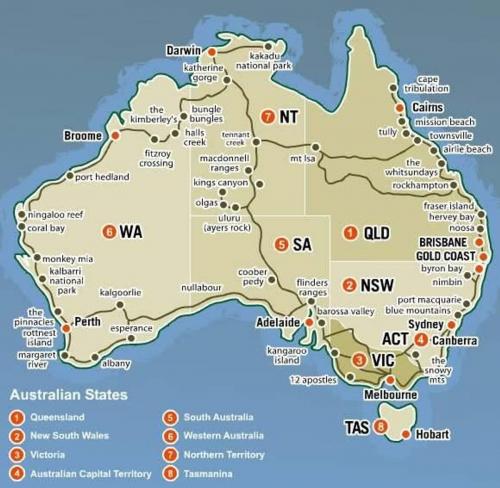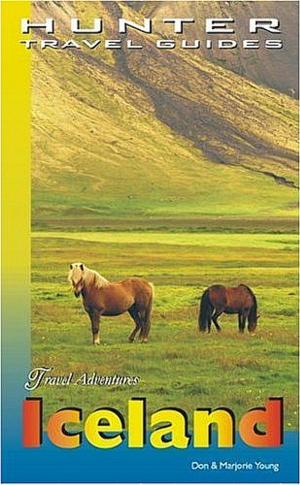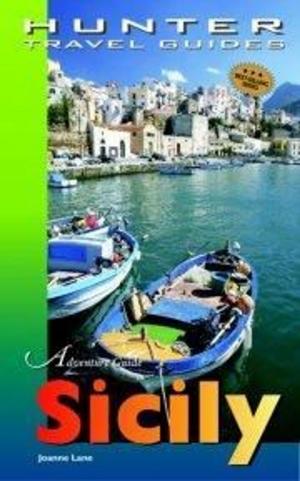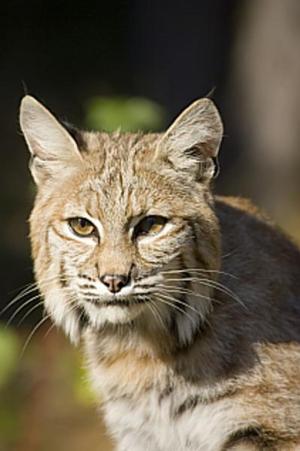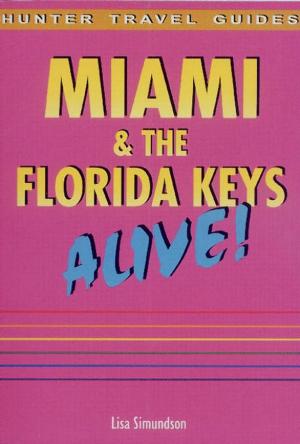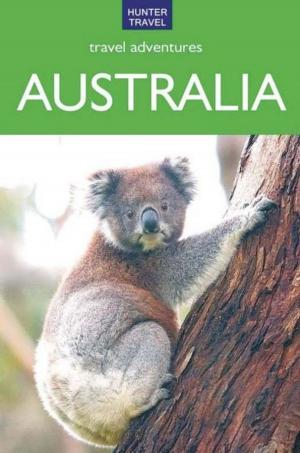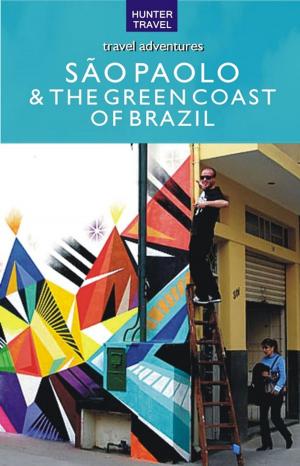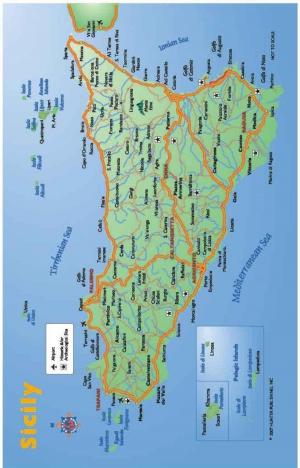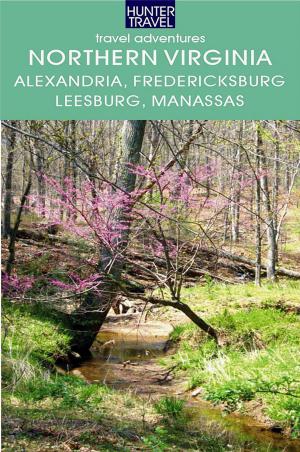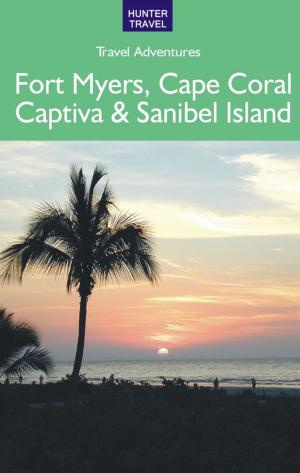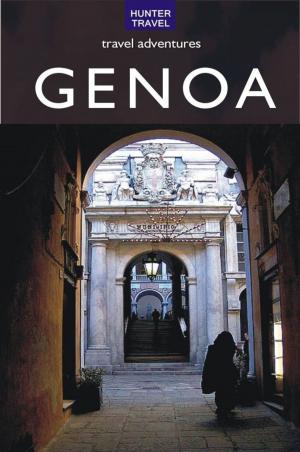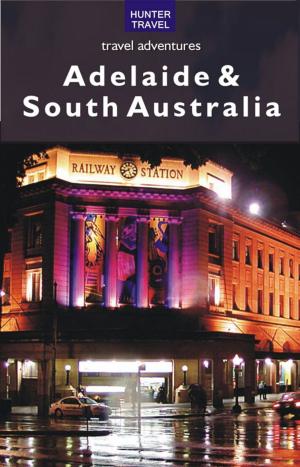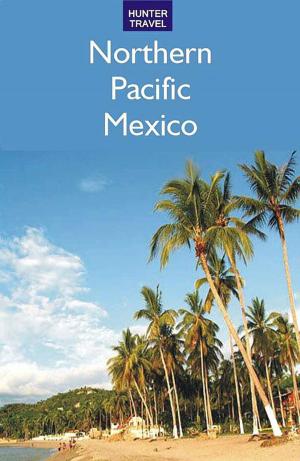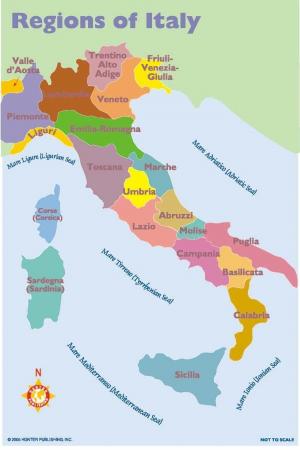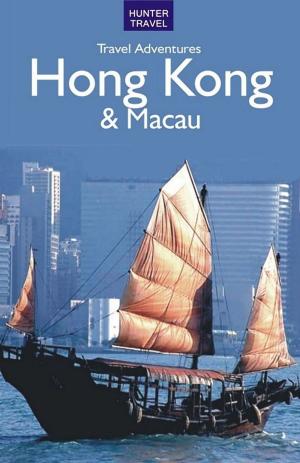| Author: | Holly Smith | ISBN: | 9781588437761 |
| Publisher: | Hunter Publishing | Publication: | January 1, 2011 |
| Imprint: | Language: | English |
| Author: | Holly Smith |
| ISBN: | 9781588437761 |
| Publisher: | Hunter Publishing |
| Publication: | January 1, 2011 |
| Imprint: | |
| Language: | English |
Following are a few brief excerpts from this guide, written by a lifelong resident of Australia. She covers everything you might want to know about this part of Australia - guaranteed! The places to stay, from budget to luxury, rentals to B&Bs, the restaurants, from fast food to the highest quality, the beachwalks and bushwalks, the wildlife and how to see it, exploring the country by air, on water, by bike, and every other way. Australias Northern Territory is a vast land of contrasts, stretching from the beautiful reefs and tropical rainforests at the very top of the country down through the amber deserts and dusty golden plains of the Red Centre. In the north, the land is edged by a melding of languid mangrove swamps and smooth white beaches. Brilliant corals spread out beneath the waters, lining coves split by wide brown estuaries. Rivers snake from the coast down through thick woodlands and deep canyons, dwindling in width as they reach the drier plains. Here, the north Australian Outback is the true, endless Land of the Never Never, so famously coined by author Jeannie Gunn her We of the Never Never novel of Outback station life. Quite simply, those who live here, or who have stumbled across the fascination of its true beauty, can never, never leave it. Halfway down through the territory are the great, ochre-colored deserts, where the fine red earth is splashed with random thatches of spiny grass and clusters of rough-chiseled boulders. All you can see to the horizon at noon is blood-red earth and pale blue sky, the vast expanse only interrupted by the low, green-gold peaks of the MacDonnell Ranges at the far southern edge of the region. Their rumpled slopes hide pockets of waterholes and huge, shallow lakes, all of which erupt with animal activity after the rains. Near the base of the territory, almost at the border of South Australia, is the great red monolith of Uluru, the countrys most famous sight which pushed up through the surface millions of years ago. Its impossible to either generalize this near-rectangular regions very different environments or to completely describe each ones individual natural beauty and character. Suffice it to say that its a place you will never forget, a remote territory filled with everything a traveler could possibly want adventures on water, in the forests, on the rivers, and in the deserts. In fact, its an adventure to get to pretty much anywhere when youre here. Bushwalking: Charles Darwin National Park. Right along the edge of Darwin Harbour, this large park combines 3,584 acres/1,280 hectares of coastal environments, rivers, mangrove swamps, and open forests linked by easy trails. Interpretive displays highlight local Aboriginal and World War II sights, and there are paved walkways and bike paths for strollers and wheelchairs. Bring your camera to the lookout platform, from where there are splendid views of the city from across Francis Bay. Ranger-guided walks also run weekly, and there are picnic areas with grills. Its open daily 7 to 7; the historic display is open 8 to 5. To get here, drive three mi/5½ km east of Darwin on Tiger Brennan Drive to Bowen Road and Winnellie, then turn south through the gates. East Point Reserve: This is the place to warm up your bushwalking boots. Lake Alexander, a man-made saltwater lake, is spread through a 554-acre/198-hectare expanse of close-knit forests and mangrove swamps. Trails run through the woods and along the cliffs, where west-facing beaches lining a panorama of Fannie Bay span a gorgeous setting for late-afternoon picnics. Sections of open, groomed parklands also have walking and bike paths, and you can swim and boat in the lake. The East Point Military Museum (Sightseeing, below) is also on the grounds. Its free to explore the reserve and lake area, which are open daily 5 am to 11 pm. To get here, take East Point Road to Fannie Bay.
Following are a few brief excerpts from this guide, written by a lifelong resident of Australia. She covers everything you might want to know about this part of Australia - guaranteed! The places to stay, from budget to luxury, rentals to B&Bs, the restaurants, from fast food to the highest quality, the beachwalks and bushwalks, the wildlife and how to see it, exploring the country by air, on water, by bike, and every other way. Australias Northern Territory is a vast land of contrasts, stretching from the beautiful reefs and tropical rainforests at the very top of the country down through the amber deserts and dusty golden plains of the Red Centre. In the north, the land is edged by a melding of languid mangrove swamps and smooth white beaches. Brilliant corals spread out beneath the waters, lining coves split by wide brown estuaries. Rivers snake from the coast down through thick woodlands and deep canyons, dwindling in width as they reach the drier plains. Here, the north Australian Outback is the true, endless Land of the Never Never, so famously coined by author Jeannie Gunn her We of the Never Never novel of Outback station life. Quite simply, those who live here, or who have stumbled across the fascination of its true beauty, can never, never leave it. Halfway down through the territory are the great, ochre-colored deserts, where the fine red earth is splashed with random thatches of spiny grass and clusters of rough-chiseled boulders. All you can see to the horizon at noon is blood-red earth and pale blue sky, the vast expanse only interrupted by the low, green-gold peaks of the MacDonnell Ranges at the far southern edge of the region. Their rumpled slopes hide pockets of waterholes and huge, shallow lakes, all of which erupt with animal activity after the rains. Near the base of the territory, almost at the border of South Australia, is the great red monolith of Uluru, the countrys most famous sight which pushed up through the surface millions of years ago. Its impossible to either generalize this near-rectangular regions very different environments or to completely describe each ones individual natural beauty and character. Suffice it to say that its a place you will never forget, a remote territory filled with everything a traveler could possibly want adventures on water, in the forests, on the rivers, and in the deserts. In fact, its an adventure to get to pretty much anywhere when youre here. Bushwalking: Charles Darwin National Park. Right along the edge of Darwin Harbour, this large park combines 3,584 acres/1,280 hectares of coastal environments, rivers, mangrove swamps, and open forests linked by easy trails. Interpretive displays highlight local Aboriginal and World War II sights, and there are paved walkways and bike paths for strollers and wheelchairs. Bring your camera to the lookout platform, from where there are splendid views of the city from across Francis Bay. Ranger-guided walks also run weekly, and there are picnic areas with grills. Its open daily 7 to 7; the historic display is open 8 to 5. To get here, drive three mi/5½ km east of Darwin on Tiger Brennan Drive to Bowen Road and Winnellie, then turn south through the gates. East Point Reserve: This is the place to warm up your bushwalking boots. Lake Alexander, a man-made saltwater lake, is spread through a 554-acre/198-hectare expanse of close-knit forests and mangrove swamps. Trails run through the woods and along the cliffs, where west-facing beaches lining a panorama of Fannie Bay span a gorgeous setting for late-afternoon picnics. Sections of open, groomed parklands also have walking and bike paths, and you can swim and boat in the lake. The East Point Military Museum (Sightseeing, below) is also on the grounds. Its free to explore the reserve and lake area, which are open daily 5 am to 11 pm. To get here, take East Point Road to Fannie Bay.
